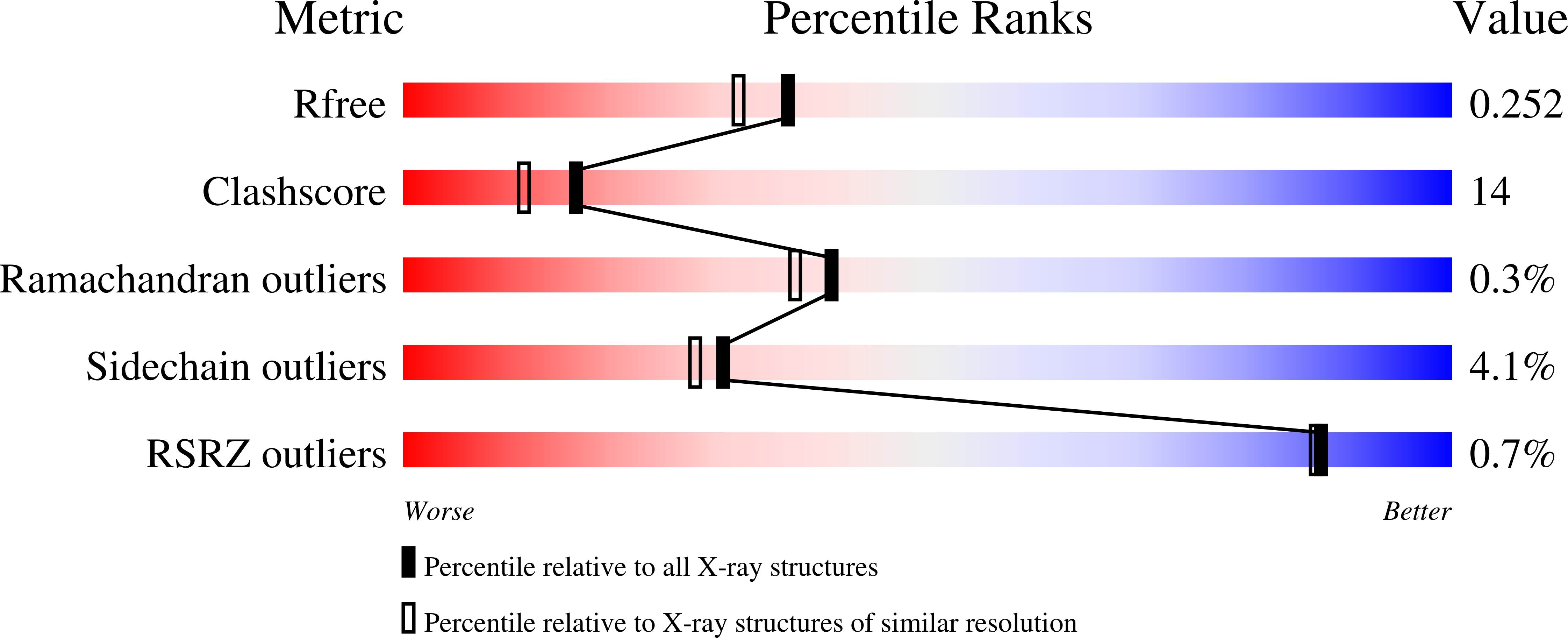
Deposition Date
2008-11-06
Release Date
2009-06-09
Last Version Date
2023-09-06
Entry Detail
PDB ID:
3F6R
Keywords:
Title:
Desulfovibrio desulfuricans (ATCC 29577) oxidized flavodoxin
Biological Source:
Source Organism:
Desulfovibrio desulfuricans (Taxon ID: 876)
Host Organism:
Method Details:
Experimental Method:
Resolution:
2.00 Å
R-Value Free:
0.24
R-Value Work:
0.21
R-Value Observed:
0.21
Space Group:
P 43


